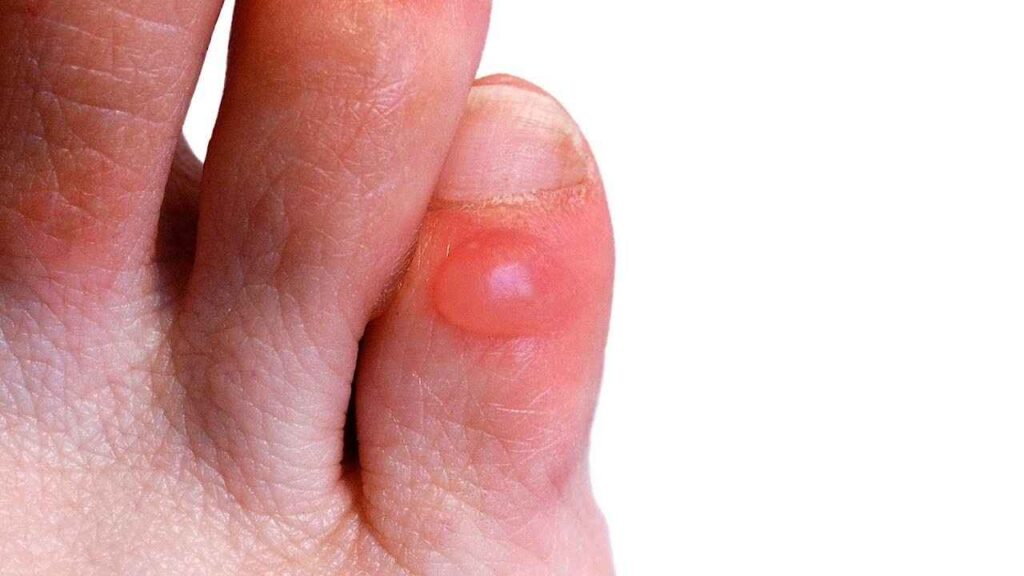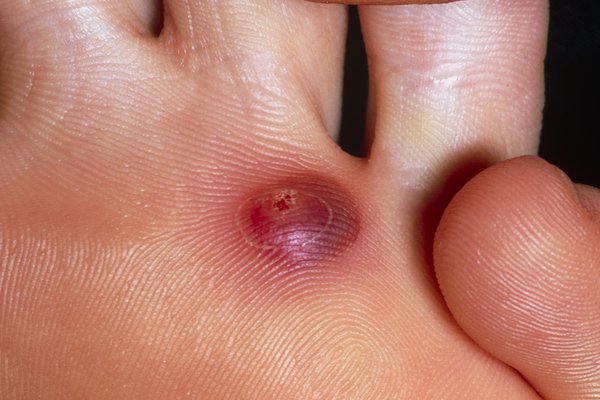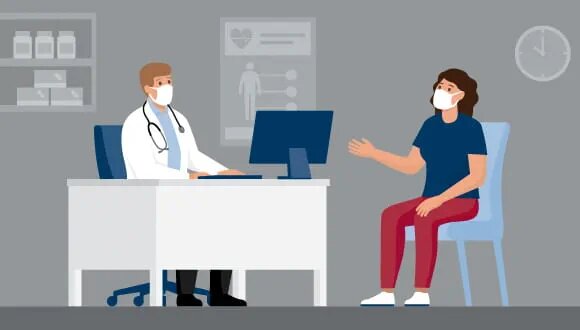Blisterata – Care And Prevention!
Blisterata had plagued my feet for years during summer hikes. No matter how well my boots fit, those long days on the trail always ended with painful bubbles. But after discovering the magic of moisture-wicking socks, blisterata became a thing of the past.
Blisterata, a term for blisters, are fluid-filled pockets that form on the skin due to friction, burns, or infections. While annoying, they typically heal on their own with care like keeping them clean and dry. If a blister is large, painful, or shows signs of infection, see a doctor.
In this article, we’ll discuss the world of blisterata, exploring the causes, prevention methods, and treatment options for these pesky fluid-filled bubbles on your skin. Have you ever gotten a weird little bubble on your skin after a long walk or doing yard work?
That’s what we call blisterata, a fancy term for a simple blister. These little pockets of fluid can be annoying and sometimes even hurt.
What are Blisters? – Learn More!
Blisterata, a fancy way of saying blisters, are those little bubbles filled with fluid that form on your skin. They can pop up from things like rubbing your shoes too much, getting a sunburn, or even from some icky germs.

While blisterata can be a pain (quite literally!), they usually don’t cause any problems and go away by themselves with some TLC. This article will be your best friend, teaching you all about blisterata, how to keep them from showing up, and how to take care of them if you do get one.
When Do Blisters Form? – Cause Revealed!
- Friction Frenzy: This is the number one reason for blisterata. If something rubs repeatedly against your skin, like shoes that are too tight or a tool handle during yard work, your body forms a blister as a protective cushion to prevent deeper damage.
- Heat Havoc: Sunburn is a classic example of blisterata caused by heat. But even hot liquids or touching something scorching can trigger blister formation.
- Chemical Combat: Harsh chemicals found in cleaning products or certain plants can irritate and damage your skin, sometimes leading to blisterata.
- Infectious Invaders: Sometimes, blisterata can be a sign of an infection, like chickenpox or shingles. These blisters typically appear in clusters and might be accompanied by other symptoms like fever or itching.
- Medical Mystery: Certain medical conditions can make you more prone to blisterata. If you experience frequent or unusual blisters, it’s best to consult a doctor to rule out any underlying health concerns.
What are the different types of blisters?
There are several types of blisters, each with slightly different causes and appearances. Here are a few common ones:
- Friction blisters: These are the most common type, caused by rubbing or chafing.
- Burn blisters: These form from heat, like sunburn or contact with a hot object.
- Blood blisters: These contain blood along with fluid, often caused by intense pressure or friction.
- Allergic blisters: Allergic reactions to medications, plants, or other substances can cause blisters.
- Autoimmune blisters: Certain autoimmune diseases can cause widespread blistering, such as pemphigus vulgaris.
How long do blisters typically last? – Healing Time!
Blisterata, those little bubbles on your skin, don’t usually like to stay for a party. Most of them heal up on their own within a week or two, as long as you keep them clean and don’t mess with them.

Bigger blisters or ones on your feet might take a bit longer. But if your blisterata seems to be hanging around for more than two weeks, gets all red and sore, or you have any health problems, see a doctor to make sure everything’s okay.
Can I pop a blister? – Don’t Pop!
You might be tempted to pop those blisterata (bubbles on your skin), but try to hold back. The fluid inside actually helps your skin heal underneath. Popping them can make them infected and might even leave a scar.
If your blisterata is super big, really hurts, or seems icky, see a doctor. They can drain it safely for you. But for most blisters, just let them be and they’ll go away on their own.
How to Prevent Blisters? – Stop the Rub!
Here are some effective prevention strategies:
- Shoe Savvy: Finding the right footwear is crucial. Choose well-fitting shoes that offer proper support and aren’t too tight. New shoes? Break them in gradually to avoid friction against your skin.
- Sock Switcheroo: Invest in moisture-wicking socks that keep your feet dry. Cotton socks are a good choice to absorb sweat and minimize friction.
- Friction Fighters: If you know you’ll be engaging in activities that might cause friction, like sports or hiking, consider applying moleskin or other protective pads to areas prone to blisters. These act as a barrier between your skin and potential irritants.
- Beat the Heat: Blisterata from sunburn is a common culprit. Be mindful of sun exposure and wear sunscreen with SPF 30 or higher to protect your skin.
- Chemical Caution: When handling harsh chemicals, wear gloves to protect your hands from irritation and potential blister formation.
- Listen to Your Body: Pay attention to any early signs of hot spots or irritation. Take a break, adjust your gear, or apply protective measures to prevent blisters before they form.
What are some home remedies for blisters?
some home remedies can help soothe discomfort and promote healing:
- Cool It Down: Applying a cold compress wrapped in a thin cloth to the blister can help reduce swelling and pain. Opt for 15-minute intervals with breaks in between to avoid irritating the skin.
- Aloe Vera Aid: Aloe vera has natural anti-inflammatory properties that may help soothe the inflamed area around the blister. Apply a thin layer of pure aloe vera gel directly to the unbroken skin surrounding the blister.
- Oatmeal Magic: Taking an oatmeal bath can be a calming and gentle way to relieve itching and discomfort associated with blisterata. Oatmeal has anti-inflammatory and moisturizing properties that can soothe irritated skin.
- Blister Band-Aid: Cover the blister with a loose-fitting bandage to prevent further irritation from rubbing. Choose non-adhesive bandages or dressings to avoid pulling on the blister when removing them.
When to See a Doctor?
Not all blisterata (blisters) need a doctor’s visit. But there are times when seeing a doctor is a good idea. If your blister is huge and uncomfortable, a doctor can drain it safely. Super painful blisters might need stronger medicine than what you can buy at the store.

If your blister gets red, weepy, or feverish, that could mean an infection and you should see a doctor right away. People with diabetes or weak immune systems should also see a doctor for any blister, just to be safe. And lastly, if your blister looks weird, has a rash around it, or just won’t heal, see a doctor to make sure everything’s okay.
Frequently Asked Questions :
1. I wear sandals all summer, will I still get blisterata?
While less common with sandals, blisterata can still occur from repetitive rubbing against straps or uneven footbeds. Opt for well-fitting sandals with good support to minimize friction.
2. My blister keeps getting bigger, is that normal?
Blisters typically don’t grow significantly. If yours is enlarging, it could be a sign of infection or an allergic reaction. See a doctor if you notice rapid growth.
3. Can I prevent blisterata by toughening my skin?
While calluses can offer some protection, focusing on preventing friction through proper footwear and avoiding repetitive rubbing is a more effective strategy.
4. Are there any foods that can help heal blisterata?
While no specific food directly heals blisters, maintaining a healthy diet rich in vitamins and minerals can support overall skin health and potentially aid healing.
5. Do blister bandages actually work?
Blister bandages can be helpful! They provide a protective barrier against further friction and help keep the area clean. Choose non-adhesive options to avoid irritating the blister when removing.
Conclusion :
Blisterata, those pesky blisters, might seem like a pain (literally!), but they don’t have to slow you down. This guide has been your friend, teaching you all about blisterata. Now you know what causes those bubbles to pop up on your skin, from rubbing shoes to hot sunshine.
You’ve also learned clever tricks to prevent them, like wearing comfy shoes and keeping your skin dry. But if a blister does appear, you’ll know when to see a doctor and when to just leave it alone to heal.
So remember, with a little knowledge, you can be a blister boss and keep your skin happy and healthy.






